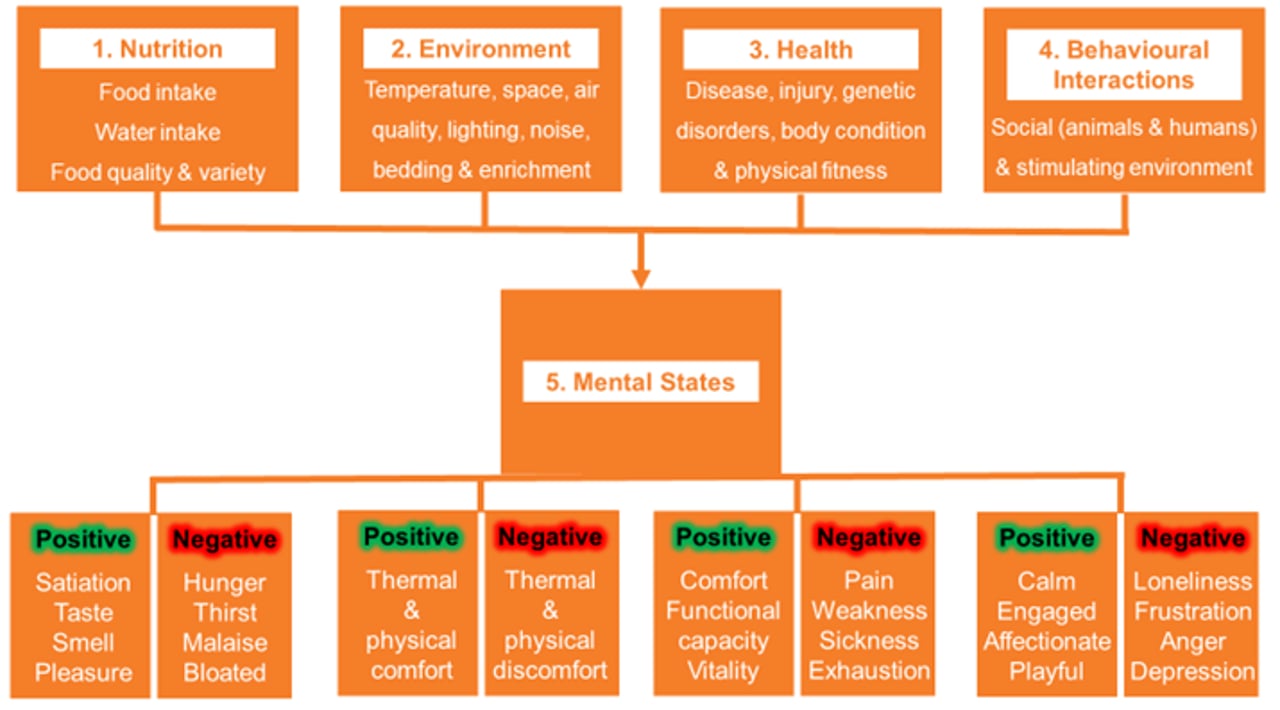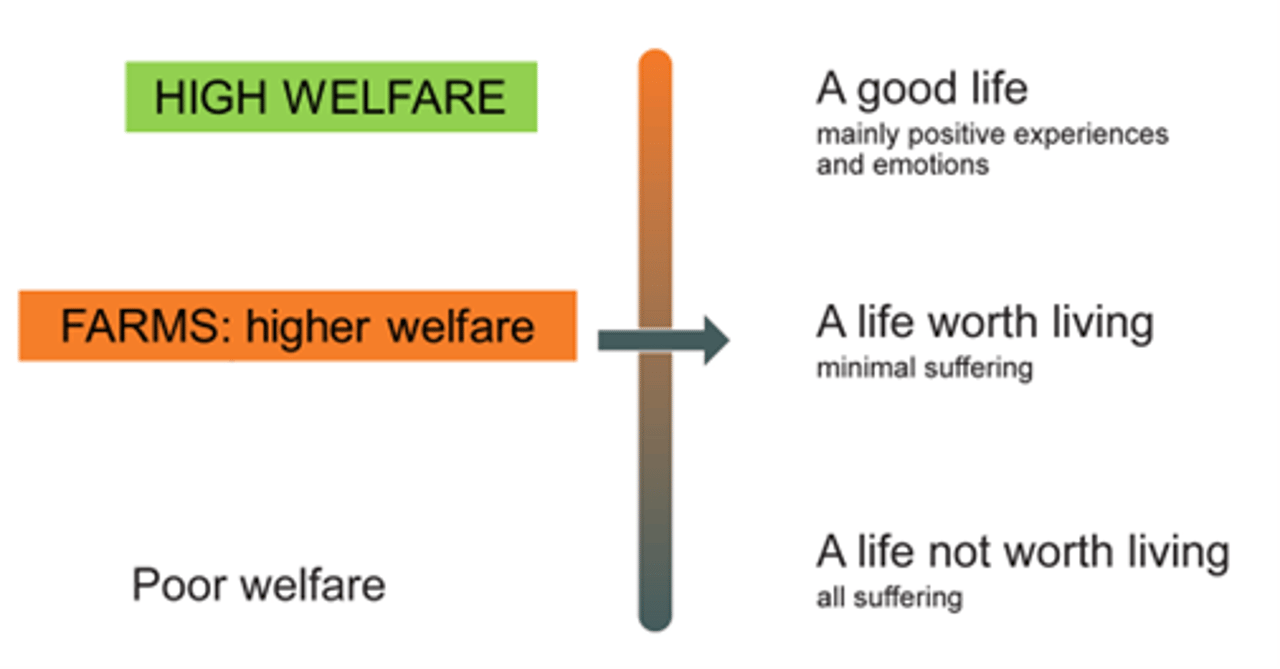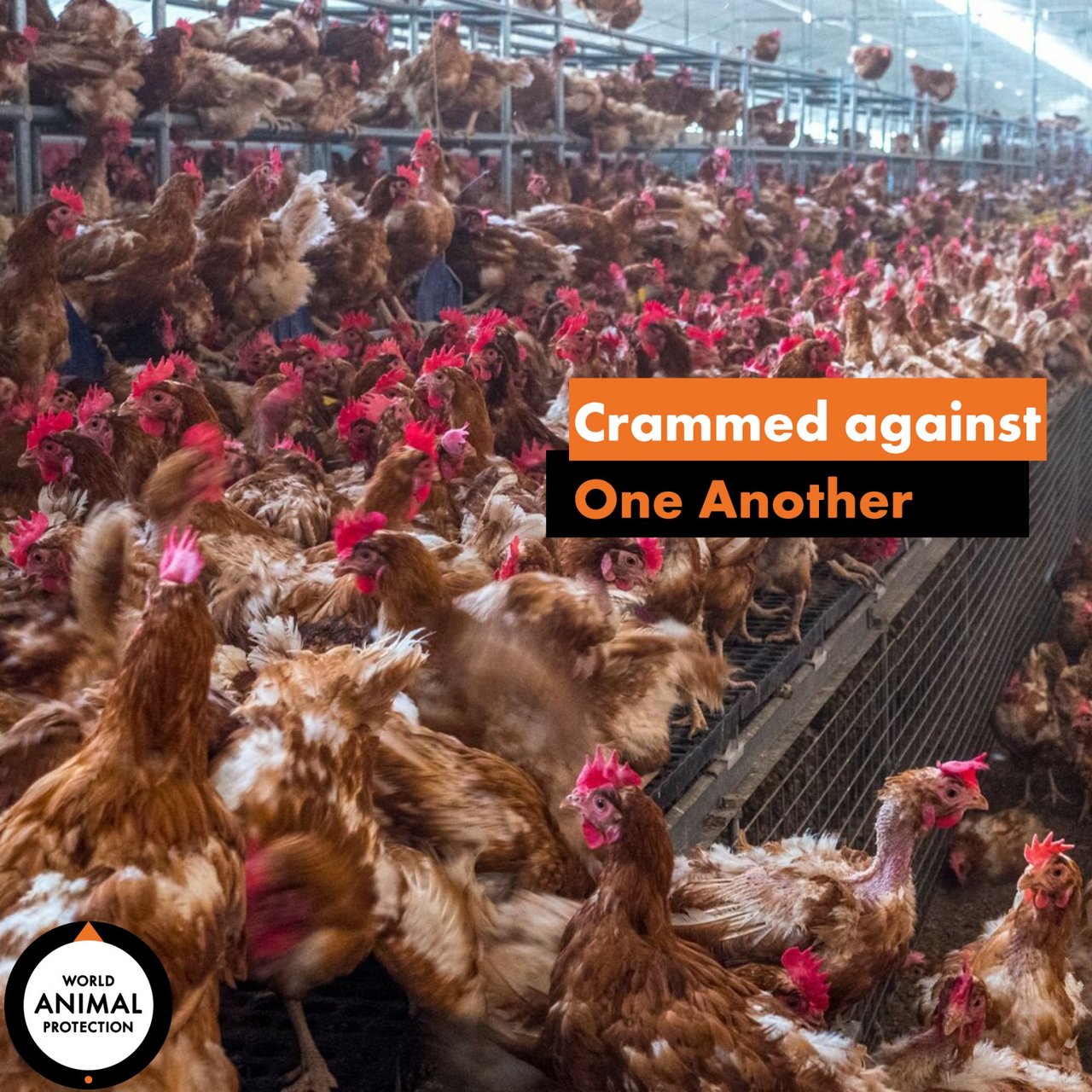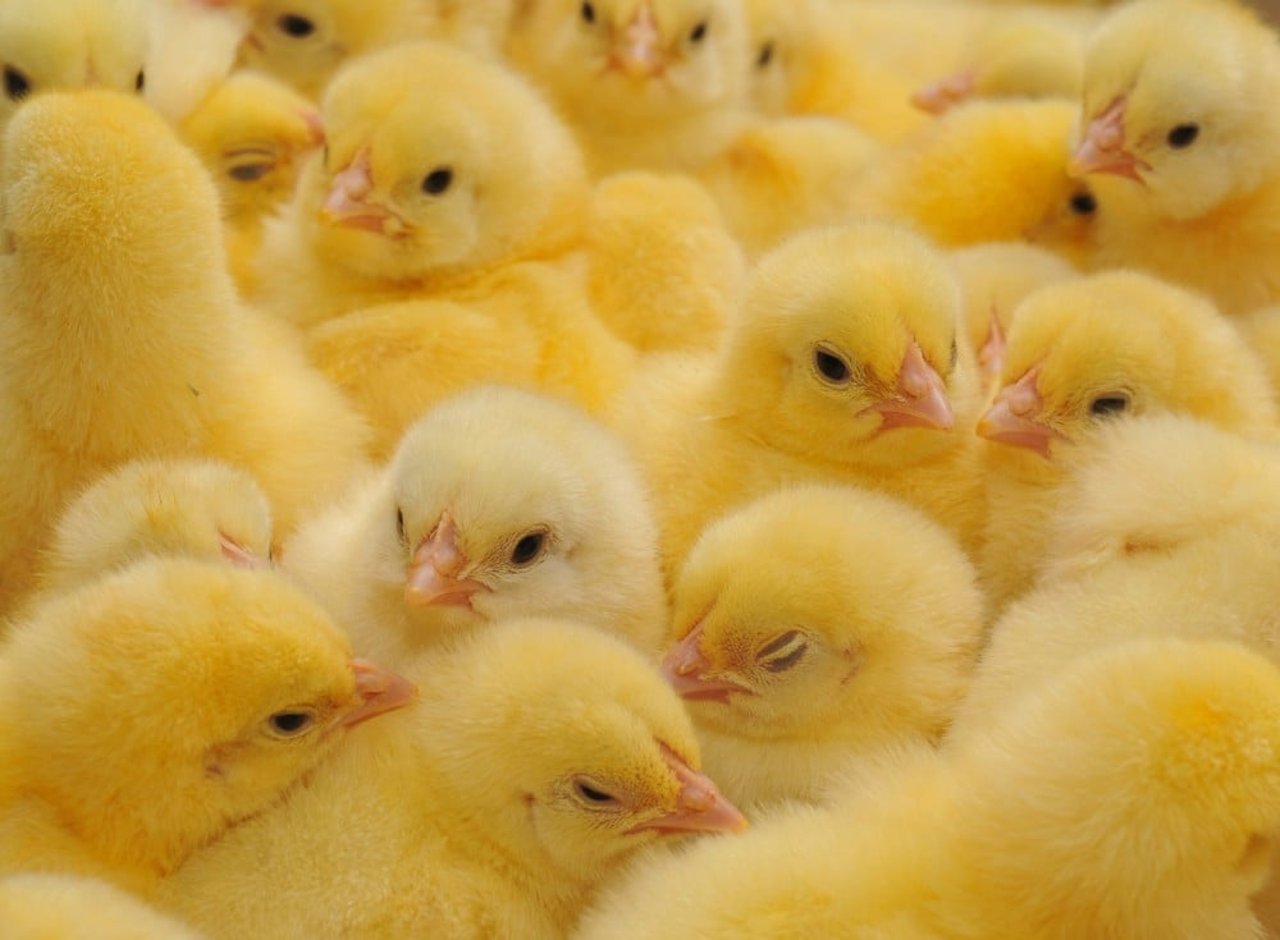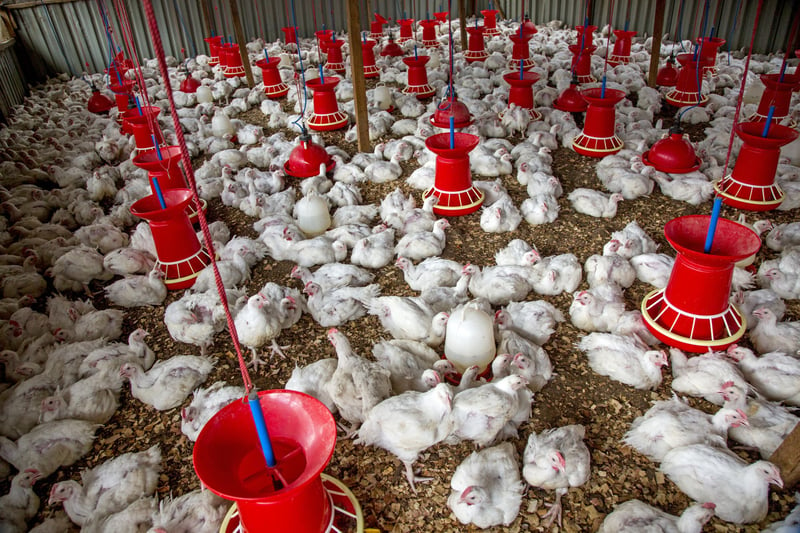
Even after years of being surrounded by the term Welfare, it still sounds alien to most people when it comes to animals in most developing as well as Newly Industrialized Countries (NIC) like India. But it is an undeniable concern for the future of our country. If we do not understand and address it now, it might get too late by tomorrow.
What is Animal welfare?
Animal welfare is described as the state of the animals in terms of their physical condition (health, growth, and functioning), their mental state (feelings of pleasure, happiness, pain, or frustration) and their ability to live naturally (to perform their full range of behaviour).
Animal welfare can be assessed through a framework of The Five Domains model. Domains 1 to 4 (nutrition, physical environment, health, and behavioural interactions) contribute to the animals’ individual experience described by domain 5: mental states (Figure 1). The five domains model can assess both positive and negative welfare, with domains 1 to 4 resulting in either positive or negatives mental states in domain 5.
Similarly, there is a quality-of-life framework that can be used to make an overall judgement on animal welfare or quality of life-based on a welfare assessment.
Figure 1: The Five Domains Model for assessing animal welfare with domains 1-4 contributing to an animal’s mental state in domain 5. Examples of positive and negative mental states originating from domains 1-4 are also given.
What is Higher welfare (FARMS) and High welfare (Humane)
Animals can experience both positive and negative mental states. When animals experience mostly negative experiences, they have 'a life not worth living or a life worth avoiding’. When animals experience a balance of positive and negative states, they have ‘a life worth living. Whereas to have a ‘Good Life’, animals must experience mostly positive mental states, they must be provided with conditions in domains 1-4 that result in mostly positive mental states in domain 5.
Figure 2: The Quality of Life scale (2)
So, it's all in our hands to decide what we really want to choose for these sentient beings. A life not worth living or a life worth living because a good life for animals is way too far from where we stand today- a mean world of exploitation.
Cages, Confinement and more. Is it a life for Factory-farmed animals?
Higher welfare comes from the farm animal responsible minimum standards (FARMS) provide a minimum standard concerning how farm animals are raised, transported, and slaughtered. They are designed to eliminate conditions resulting in the worst forms of suffering on factory farms, during transport and slaughter. These include cages, confinement, barren environments, painful procedures, extreme genetics, long-distance transport and inhumane slaughter. These standards can be applied to factory-farmed animals, resulting in improved welfare, a life worth living, but don’t necessarily mean farm animals will have a good life.
Crammed against one another in factory farming by World Animal Protection
Factory farming cannot provide animals with a good life. The production systems revolve around cost minimisation at the expense of providing sentient animals with what they want and need to have predominantly positive experiences. Therefore, we would like to see an end to the expansion of factory farming and existing factory farms adopting the FARMS standards, which we have collated as part of Better Chicken Commitment (BCC).
Read More in our blog on The FARMS Initiative
Help us through your actions
We aim to move the world towards a food system that has the potential to give all farm animals a good life for which we first have to start moving towards a life worth living so that, by 2030, we get to see an end to the growth of factory farming or no knew factory farms with existing farms working towards or meeting the farm animal responsible minimum standards (FARMS).
All this cannot be achieved single-handedly and we need your support in this journey for change. Collective action through the voice of the masses can help animals farmed for food live a better life. Let’s start by calling out one of the biggest fast-food chains ‘Yum! Brands’ who owns your very favourite KFC, Pizza Hut and Taco Bell for the better welfare of chickens in its supply chain! Sign up now!
Sources:
1. Mellor DJ, Beausoleil NJ, Littlewood KE, McLean AN, McGreevy PD, Jones B, et al. The 2020 five domains model: Including human–animal interactions in assessments of animal welfare. Animals. 2020;10(10):1–24.
2. FAWC. Farm Animal Welfare in Great Britain: Past, Present and Future. Trends Food Sci Technol [Internet]. 2009;(October):70. Available from: http://www.fawc.org.uk
3. Food and Agriculture Organization of the United Nations (FAO). Sustainable food systems. Concept and framework. 2018;1–8. Available from: http://www.fao.org/3/ca2079en/CA2079EN.pdf
4. Berners-Lee M, Kennelly C, Watson R, Hewitt CN. Current global food production is sufficient to meet human nutritional needs in 2050 provided there is radical societal adaptation. Elementa. 2018;6.
5. Greenpeace. Ecological Farming: The seven principles of a food system that has people at its heart [Internet]. 2015. Available from: http://www.agroecologyinaction.be/IMG/pdf/food_and_farming_vision.pdf
It is possible to give these sentient beings a life worth living which is away from exploitation and cruelty.
